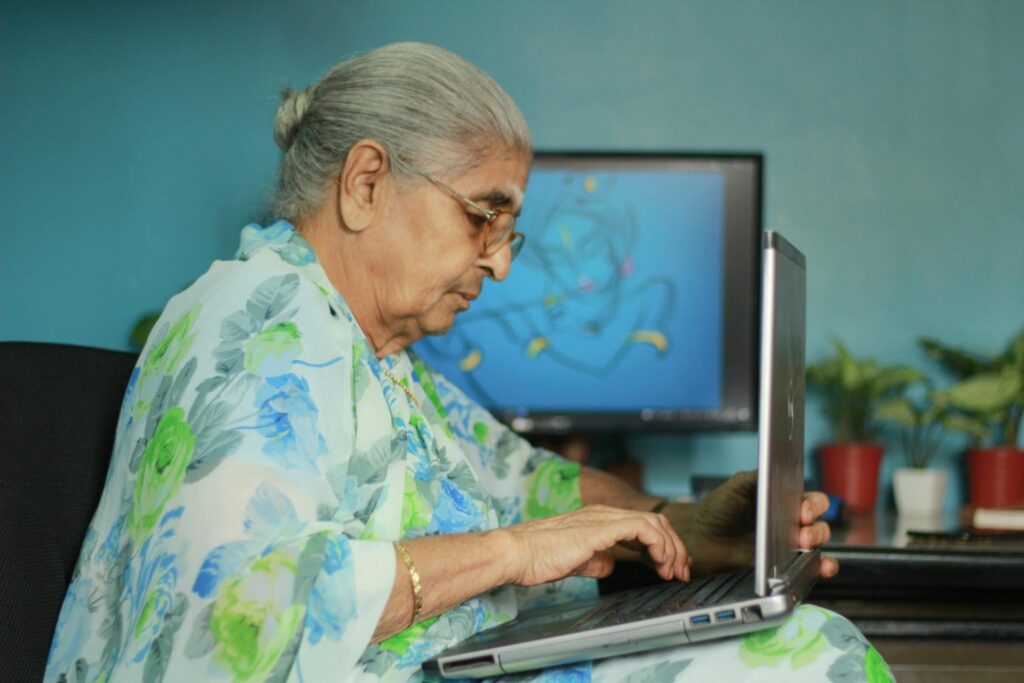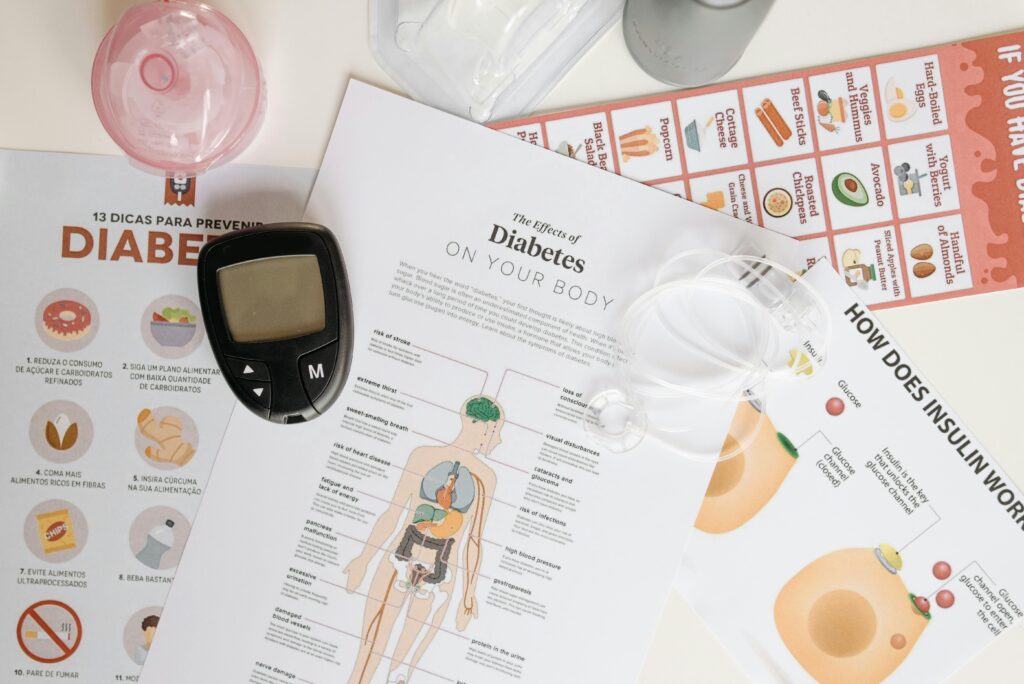Introduction
Parkinson’s disease is a condition that slowly affects movement, balance, and even speech. It mostly affects older adults, and living with it can be frustrating—not just for the person with Parkinson’s, but also for their family. The shaking hands, slow steps, stiffness, and mood changes can take a toll. But 2025 brings new hope. Scientists and doctors are working on better ways to manage, treat, and even slow down the disease.
Early Diagnosis with Simple Tests
Detecting Parkinson’s early can make a big difference. In the past, it took years for the symptoms to become clear. Now, researchers have developed new tests—using smell, voice changes, and even eye movements—to catch the disease in its earliest stages.
These tests are quick and non-invasive. Some can even be done using smartphone apps. For older adults, this means getting help early before symptoms become severe.
New Medications for Better Control
The main medicine for Parkinson’s is still levodopa. But now, there are new versions that last longer in the body and have fewer side effects. Scientists have also developed new tablets and skin patches that deliver the medicine more smoothly throughout the day.
This means fewer ups and downs, better control of body movements, and less worry about when to take the next pill.
Targeted Brain Stimulation
Deep Brain Stimulation (DBS) is a surgery that uses small electrodes to reduce Parkinson’s symptoms. In 2025, new DBS devices are smaller, more precise, and easier to adjust. They can now be managed using a phone or tablet.
For older adults who are suitable for this surgery, it can make daily activities—like eating, walking, or dressing—much easier.
Exercise as Medicine
A major breakthrough in Parkinson’s care is the power of movement. Studies have shown that regular exercise, like walking, yoga, or even dancing, can slow the disease’s progress.
Now, many clinics offer movement-based therapy programs designed just for older adults with Parkinson’s. These programs help improve balance, reduce stiffness, and lift mood.
Hope from Stem Cells and Gene Therapy
Scientists are also working on more advanced treatments. One of the most exciting areas is stem cell therapy. These special cells may help replace the brain cells lost in Parkinson’s.
While still being tested, early results are promising. Gene therapy is another big step forward. It works by fixing or replacing the faulty genes that cause Parkinson’s.
Though these are still not widely available, they offer hope for a future where Parkinson’s could be reversed or even prevented.
Caring for the Mind and Mood
Parkinson’s doesn’t just affect the body—it can also cause sadness, anxiety, and memory problems. In 2025, more attention is being given to emotional care. Doctors now recommend regular check-ins for mental health, as well as activities like music therapy and group support.
Caregivers are also being supported better, with training, counseling, and rest breaks. This is especially helpful in Indian homes where family members often take care of elders.
Conclusion
Parkinson’s may be a lifelong condition, but new research is making life easier and more hopeful. With early detection, better medicines, exercise, and new therapies, older adults can continue to live with dignity, independence, and joy.
Call to Action
If you or someone you love is living with Parkinson’s, know that you are not alone. Share this blog with others who may benefit. Follow us to stay updated on the latest ways to care for your health and well-being.






